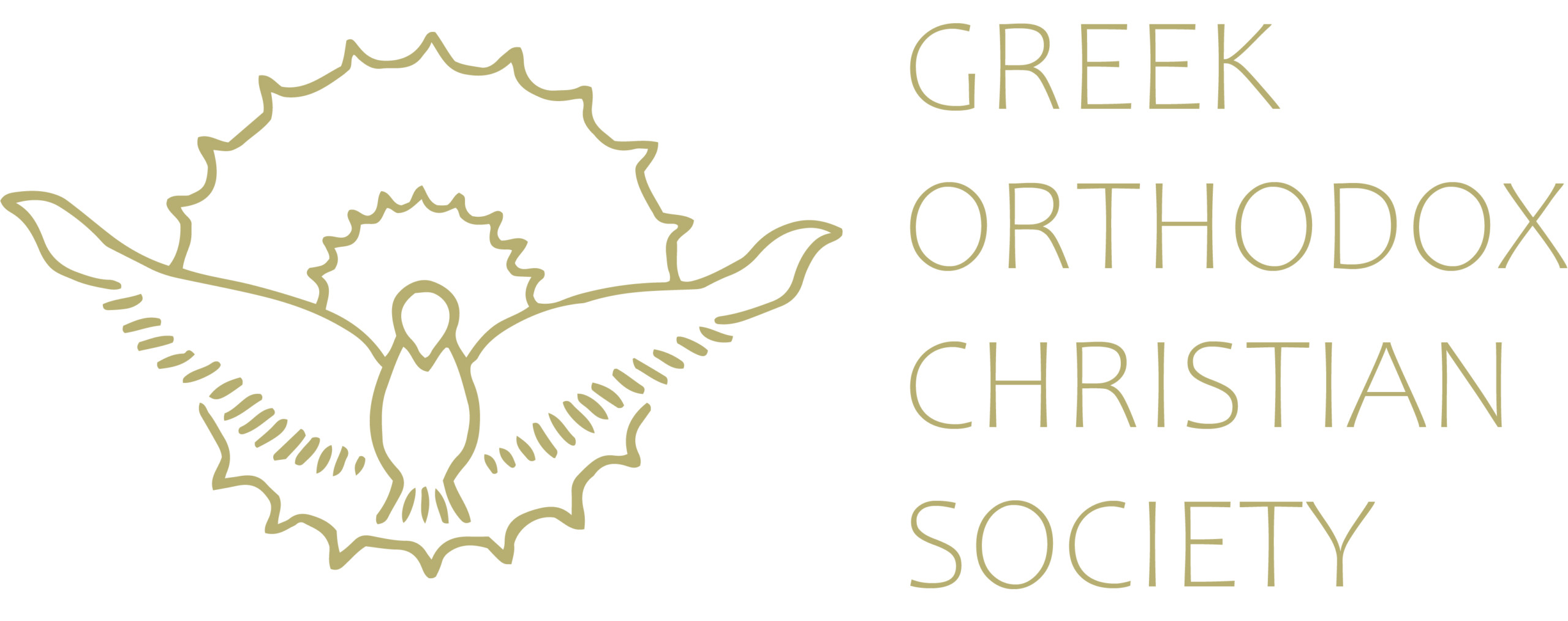Who for us and for our salvation…
Who for us and for our salvation, came down from Heaven, and was incarnate of the Holy Spirit and the Virgin Mary and became human.
“Beholding Herself in purity, the Holy One courageously said to Gabriel: ‘Your strange voice seems unbelievable to my soul; for how do you speak of birth-giving without seed?’ (1st Stanza, Salutations to the Theotokos).”
This expression of great wonder directed by the Virgin Mary towards the Archangel Gabriel upon receiving the “Ευαγγελισμός” (Good news), that she was chosen to conceive within her womb and bring forth the Son of God, inevitably finds itself on the lips of all believers through the generations.
To appear “in the flesh” (incarnate) was the way in which God chose to approach humanity. That the Pre-Incarnate Son of God became Incarnate; His conception in Mary, the Womb of Divine Incarnation (1st Stanza, Salutations to the Theotokos); that the Son of God becomes the Son of the Virgin (Dismissal Hymn, Feast of the Annunciation), is inconceivable before the laws of science as understood by the human mind.
That Christ was “incarnate of the Holy Spirit and the Virgin Mary,” reveals the unique manner of His conception, which was unlike any other in the course of human history. It was a “seedless conception” followed by a “Virgin birth.” It also emphasises Christ’s divinity, whilst declaring at the same time that He is human like us.
In the role of the Virgin Mary, we behold the most magnificent example of synergy between God and man. Her free acceptance of God’s will, her small and yet so immense “yes” offered to God through His Archangel, exalts all of humanity! She brought honour to the whole human race, and we honour her as “Theotokos”, the God-bearer, and as “Panagia”, the All-Holy One.
The Virgin Mary’s question to the Archangel, “How can this be, since I do not know a man?” (Luke 1:34), could seem at first glance to signify disbelief, based in rational thought restrained by the laws of human biology. Persisting in this line of thinking which tends to focus on the “how” rather than the “what”, restricts one’s thoughts to the laws of the Created world and sole human capability, leaving no room for God and His intervention.
Fortunately, Mary was moved to proclaim: “Behold the maidservant of the Lord! Let it be to me according to your word” (Luke 1:38). Even though this incredible event remained something she could not explain the ‘how’ of, it was the “what” that she could comprehend and accept on the basis of her faith in God’s divine uncreated energies.
This truth is triumphantly declared by both St Athanasius the Great and St John Chrysostom concerning the event of the Incarnation: “where God so wills, the laws of nature are overcome.” And God willed to become human.
There may be times when we feel within us, an ‘incompatibility’ between our rational thoughts as people (especially as citizens of Western society), and what we believe as Orthodox Christians. Instead of dwelling in uncertainty and confusion, let us consider the disposition shown by our Most Holy Lady the Virgin Mary in the work of the Incarnation. May we never allow scholastic analysing, rationalising and arguing within ourselves, or with others, to imprison us and triumph over the Truth that sets us free, the Truth that … Christ is Risen!
Source: Lychnos June-July 2021
